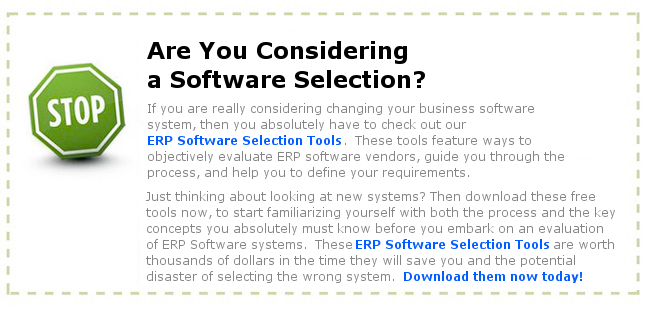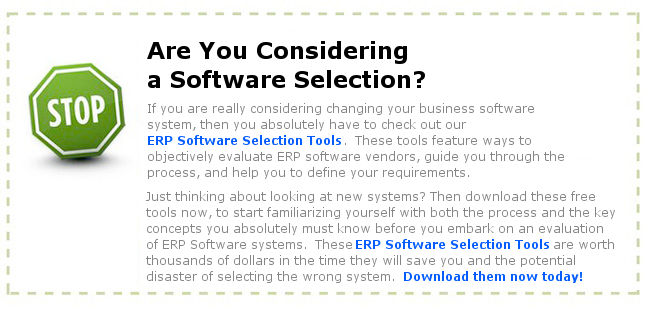Legal Case management software benefits include:
* Time saved in document production, storage and retrieval and disseminating documents to relevant parties
* Saving on the costs connected with manual systems
* Standardizing all your processes easily
* Give your fee earners to spend their time on their income earning activities
Will the legal software I have chosen really offer the benefits I need?
Yes, when implemented after careful planning. Success criteria include:
Realistically scoping out the project and setting objectives
Whether you work in the public sector or private legal department you will need to demonstrate value when in investing in case management software. Select a supplier who will help you draft a clear vision of what is achievable within the project, together with a return on investment strategy and project schedule.
Creating understanding of need within the organization
Have you communicated to all the people within the organization why the new system is being implemented? For example:
* Who will benefit from the savings in time?
* Will it make more work for some people initially?
* Have you considered whether this will put them under increased pressure?
* Clear, effective communication will increase the chances of ultimate project success.
* Will your supplier support you in demonstrating the software’s benefits to key decision makers?
Who carries the can?
Naming a person within your organization as responsible for the project will enable clear communication with the Legal Case Management Software provider and will aid a successful implementation. Appointing a responsible person within the organization pre-supposes that they have the time to give to the project and the ear of key decision makers. Would a consultant be preferable?
Staff Training
Who will provide the training to your staff? Will they work closely with the case management software supplier or can your supplier also offer training?
* Will any training be well planned or will it be on an ad hoc basis?
* How easy will it be for staff to adopt the new software??
* Can the trainer be involved at both stages?
* Does training schedule extend to other systems which interface with the new case management software?
Flexibility and the right system for you
Have you ordered the right system for your organization and is it flexible? So much case management software requires professionals to change their working practices to fit the system instead of the other way round! Can it be adapted for your organization so that the software matches your working practices? Flexibility is not necessarily a low cost option but in the long run it will pay for itself. It will result in quicker adoption by users and will ease their workload. They will be able to complete work more efficiently and handle larger case loads, earning their organization more revenue. Vendors are are invariably willing to provide case studies.
Future Needs
Are there software updates available from your vendor? With technological advances, software needs to be adaptable. What future costs are there? Can you bolt-on further functionality (such as matter management) to your system at a later date to meet the changing needs of your legal work?.

